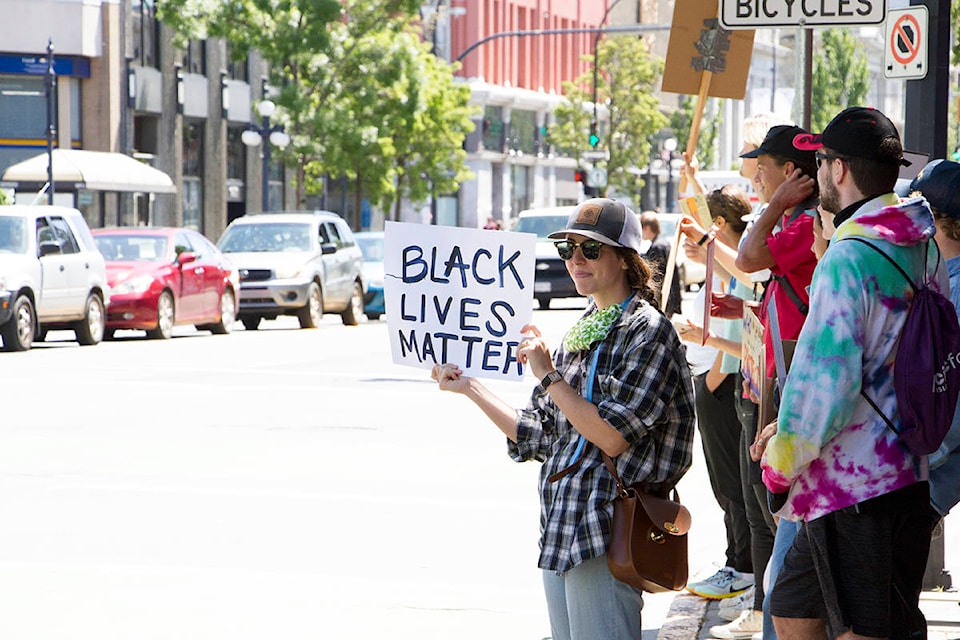Many Canadians are raised on stories of the nation’s diversity and multicultural ideals. Canada is always cast as a champion against racism, rather than an active participant in systemic inequality. This facade is promoted by a colour blindness that permeates Canadian institutions.
Canadian governments do not collect disaggregated statistics on the racial identity of Canadians. Some jurisdictions ask individuals to self-identity as Indigenous or a “visible minority.” The Government of Canada defines visible minorities as: South Asian, Chinese, Black, Filipino, Latin American, Arab, Southeast Asian, West Asian, Korean and Japanese. The category of visible minority effectively lumps all non-white Canadians together, and prevents experts from analyzing statistics that show racial inequalities within Canadian institutions.
In 2017, the UN General Assembly Working Group of Experts on People of African Descent released a report on racism, racial discrimination, and related forms of intolerance within Canada. The report found that across Canada, many people of African descent continue to live in poverty and poor health, have low education attainment, and are over-represented at all levels of the criminal justice system.
The Working Group recommended that a nation-wide mandatory policy on the collection of data disaggregated by race, colour, ethnic background, national origin and other identities be implemented to determine if and where racial disparities exist for African-Canadians so as to address them accordingly.
COVID-19 has also raised concerns around racial inequality. Statistics in the United States aggregated by APM Research Lab have found that the mortality rate for black Americans is 2.4 times as high as the rate for white Americans, and 2.2. times as high as the rate for Asian-Americans and Latin-Americans. Canada does not collect that data.
When asked in a June 1 press conference about the rates of infection and mortality for visible minorities in British Columbia, Dr. Bonnie Henry said, “We have not collected disaggregated data by a person’s ethnicity, race, or that status. So, we don’t have that specific data – with the exception of we have been collecting information on Indigeneity, whether someone identifies as First Nations, Metis or Inuit…” Dr. Henry then pointed to the BCCDC COVID-19 Survey as a tool for collecting that data.
The lack of meaningful race-based data will continue to cloak institutional racism, inequality, and injustice across the nation. Canadians must demand this change from MPs, MLAs, municipal governments, school districts, universities, health authorities, and all other elements of public life.
It is time for Canada to cast a critical eye on racial inequality and enact real change for the betterment of the nation based on disaggregated data and statistics.
